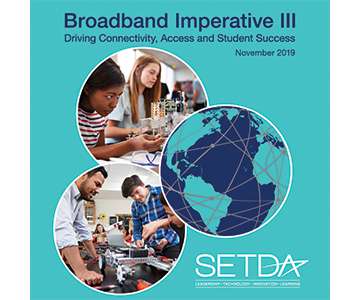Broadband Provides More Equitable Access to Education and Workforce Preparation
edWeb.net
FEBRUARY 27, 2020
Digital learning not only plays a crucial role in preparing today’s students for the jobs of tomorrow, it also has an important role in providing equity and access to education, especially in smaller and remote school districts. Broadband’s Big Picture. WATCH THE EDWEBINAR RECORDING. About the Host.
















Let's personalize your content